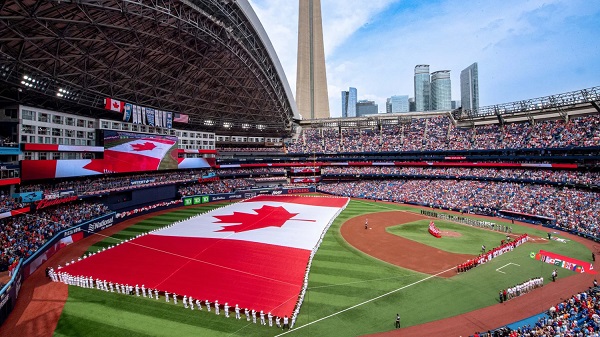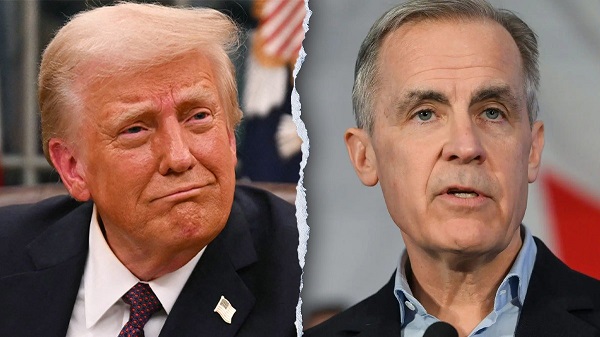Business
UN climate conference—it’s all about money

From the Fraser Institute
This year’s COP wants to fast-track the world’s transition to “clean” energy, help vulnerable communities adapt to climate change, work on “mobilizing inclusivity” (whatever that means) and “delivering on climate finance,” which is shorthand for having wealthier developed countries such as Canada transfer massive amounts of wealth to developing countries.
Every year, the United Nations convenes a Conferences of Parties to set the world’s agenda to reduce greenhouse gas (GHG) emissions. It’s the biggest event of the year for the climate industry. This year’s conference (COP29), which ends on Sunday, drew an army of government officials, NGOs, celebrities and journalists (many flying on GHG-emitting jet aircraft) to Baku, Azerbaijan.
The COP follows a similar narrative every year. It opens with a set of ambitious goals for climate policies, followed by days of negotiating as countries jockey to carve out agreements that most favour their goals. In the last two days, they invariably reach a sticking point when it appears the countries might fail to reach agreement. But they burn some midnight oil, some charismatic actors intervene (in the past, this included people such as Al Gore), and with great drama, an agreement is struck in time for the most important event of the year, flying off to their protracted winter holidays.
This year’s COP wants to fast-track the world’s transition to “clean” energy, help vulnerable communities adapt to climate change, work on “mobilizing inclusivity” (whatever that means) and “delivering on climate finance,” which is shorthand for having wealthier developed countries such as Canada transfer massive amounts of wealth to developing countries.
Some of these agenda items are actually improvements over previous COPs. For example, they’re actually talking about “climate adaptation”—the unwanted stepchild of climate policies—more this year. But as usual, money remains a number one priority. As reported in the Associated Press, “negotiators are working on a new amount of cash for developing nations to transition to clean energy, adapt to climate change and deal with weather disasters. It’ll replace the current goal of $100 billion (USD) annually—a goal set in 2009.” Moreover, “experts” claim the world needs between $1 trillion and $1.3 trillion (yes, trillion) in “climate finance” annually. Not to be outdone, according to an article in the Euro News, other experts want $9 trillion per year by 2030. Clearly, the global edifice that is climate change activism is all about the money.
Reportedly, COP29 is in its final section of the meta-narrative, with much shouting over getting to a final agreement. One headline in Voice of America reads “Slow progress on climate finance fuels anger as COP29 winds down.” And Argus News says “climate finance talks to halt, parties fail to cut options.” We only await the flying in of this year’s crop of climate megafauna to seal the deal.
This year’s conference in Baku shows more clearly than ever before that the real goal of the global climate cognoscenti is a giant wealth transfer from developed to developing countries. Previous climate conferences, whatever their faults, focused more on setting emission reduction targets and timelines and less about how the UN can extract more money from developed countries. The final conflict of COP29 isn’t about advancing clean energy targets or helping vulnerable countries adapt to climate change technologically, it’s all about show me the money.
Author:
Business
Truckers see pay surge as ICE sweeps illegal drivers off U.S. highways
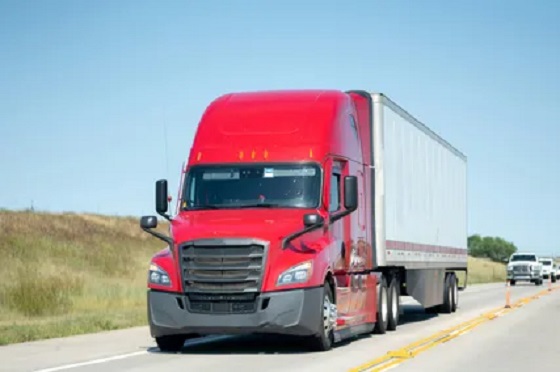
Quick Hit:
American truckers say they’re finally earning more per mile as President Donald Trump’s enforcement push clears illegal drivers off U.S. highways. Truckers have reported 50% pay increases on some routes following a surge of ICE activity and Transportation Secretary Sean Duffy’s crackdown on safety and work permit violations.
Key Details:
- A trucker on X said his usual Chicago-to-Fargo run jumped from $1,200 to $1,800, crediting the Trump administration’s immigration enforcement for thinning out illegal competitors.
- ICE and federal transportation officials have detained or removed illegal drivers in multiple states, with reports of Serbian and Indian drivers losing their commercial licenses after failing to prove legal entry into the U.S.
- FreightWaves founder Craig Fuller noted spot rates have risen about 2% despite weak demand, as “bottom feeders” who undercut prices are being “squeezed out of the market.”
Diving Deeper:
As President Trump’s immigration enforcement intensifies, American truckers are seeing something rare in a sluggish cargo economy: rising wages. Across online freight boards and social media, truckers are crediting the administration’s “Compliance Crunch” — a combination of ICE raids and new safety regulations — for clearing out illegal drivers who had been depressing pay rates for years.
One trucker wrote on X that his typical Chicago-to-Fargo route, which paid $1,200 before the election, now brings in $1,800. “Needless to say, I took him up on the offer,” he posted. “Lord do I hope this hangs around a little bit.”
Transportation Secretary Sean Duffy has been enforcing long-ignored safety and documentation rules, targeting companies that hired drivers without valid immigration status or complete customs paperwork. “We have Americans who’ve been in trucking for 50 years through family businesses,” Duffy told Fox News on October 8. “They can’t do business anymore because you have these illegals coming in, living out of their trucks… they can’t speak the language, and they come in under price — way under price.”
According to reports from The Serbian Times, at least fifteen Serbian drivers have been detained in recent days, and agents have begun seizing commercial driver’s licenses from migrants lacking proof of legal entry. Many of these drivers, primarily from Eastern Europe and South Asia, were able to operate under the Biden administration with minimal oversight — often undercutting legitimate American drivers by accepting lower pay.
Craig Fuller of FreightWaves observed that even though freight volumes remain “anemic,” per-mile spot rates rose roughly 2% as noncompliant firms exit the market. “We are seeing the bottom feeders get squeezed out,” he wrote, adding that most contract carriers haven’t yet felt the wage impact but likely will as enforcement spreads.
Industry experts say nearly one-third of the nation’s freight has been hauled by non-citizen drivers, which trucking analyst Bill Skinner called “not just a safety issue — it’s a national security risk.”
While some corporate logistics networks such as Amazon and Walmart may eventually argue that higher trucking wages could drive up costs, analysts note that the increases are modest and likely offset by fewer accidents, delays, and fraud cases tied to unlicensed or illegal operators.
Business
Your $350 Grocery Question: Gouging or Economics?
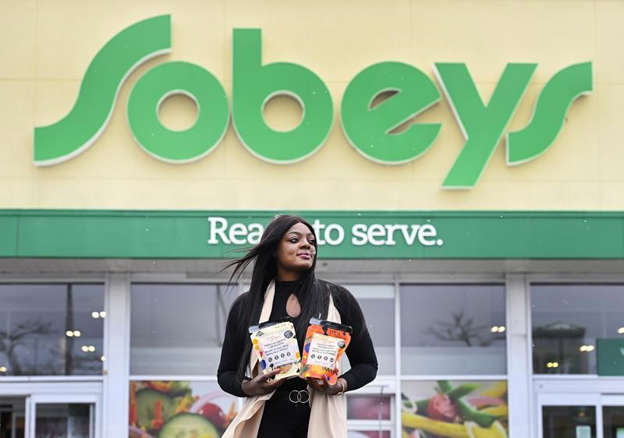
Dr. Sylvain Charlebois, a visiting scholar at McGill University and perhaps better known as the Food Professor, has lamented a strange and growing trend among Canadians. It seems that large numbers of especially younger people would prefer a world where grocery chains and food producers operated as non-profits and, ideally, were owned by governments.
Sure, some of them have probably heard stories about the empty shelves and rationing in Soviet-era food stores. But that’s just because “real” communism has never been tried.
In a slightly different context, University of Toronto Professor Joseph Heath recently responded to an adjacent (and popular) belief that there’s no reason we can’t grow all our food in publicly-owned farms right on our city streets and parks:
“Unfortunately, they do have answers, and anyone who stops to think for a minute will know what they are. It’s not difficult to calculate the amount of agricultural land that is required to support the population of a large urban area (such as Tokyo, where Saitō lives). All of the farms in Japan combined produce only enough food to sustain 38% of the Japanese population. This is all so obvious that it feels stupid even to be pointing it out.”
Sure, food prices have been rising. Here’s a screenshot from Statistics Canada’s Consumer Price Index price trends page. As you can see, the 12-month percentage change of the food component of the CPI is currently at 3.4 percent. That’s kind of inseparable from inflation.

But it’s just possible that there’s more going on here than greedy corporate price gouging.
It should be obvious that grocery retailers are subject to volatile supply chain costs. According to Statistics Canada, as of June 2025, for example, the price of “livestock and animal products” had increased by 130 percent over their 2007 prices. And “crops” saw a 67 percent increase over that same period. Grocers also have to lay out for higher packaging material costs that include an extra 35 percent (since 2021) for “foam products for packaging” and 78 percent more for “paperboard containers”.
In the years since 2012, farmers themselves had to deal with 49 percent growth in “commercial seed and plant” prices, 46 percent increases in the cost of production insurance, and a near-tripling of the cost of live cattle.
So should we conclude that Big Grocery is basically an industry whose profits are held to a barely sustainable minimum by macro economic events far beyond their control? Well that’s pretty much what the Retail Council of Canada (RCC) claims. Back in 2023, Competition Bureau Canada published a lengthy response from the RCC to the consultation on the Market study of retail grocery.
The piece made a compelling argument that food sales deliver razor-thin profit margins which are balanced by the sale of more lucrative non-food products like cosmetics.
However, things may not be quite as simple as the RCC presents them. For instance:
- While it’s true that the large number of supermarket chains in Canada suggests there’s little concentration in the sector, the fact is that most independents buy their stock as wholesale from the largest companies.
- The report pointed to Costco and Walmart as proof that new competitors can easily enter the market, but those decades-old well-financed expansions prove little about the way the modern market works. And online grocery shopping in Canada is still far from established.
- Consolidated reporting methods would make it hard to substantiate some of the report’s claims of ultra-thin profit margins on food.
- The fact that grocers are passing on costs selectively through promotional strategies, private-label pricing, and shrinkflation adjustments suggests that they retain at least some control over their supplier costs.
- The claim that Canada’s food price inflation is more or less the same as in other peer countries was true in 2022. But we’ve since seen higher inflation here than, for instance, in the U.S.
Nevertheless, there’s vanishingly little evidence to support claims of outright price gouging. Rising supply chain costs are real and even high-end estimates of Loblaw, Metro, and Sobeys net profit margins are in the two to five percent range. That’s hardly robber baron territory.
What probably is happening is some opportunistic margin-taking through various selective pricing strategies. And at least some price collusion has been confirmed.
How much might such measures have cost the average Canadian family? A reasonable estimate places the figure at between $150 and $350 a year. That’s real money, but it’s hardly enough to justify gutting the entire free market in favor of some suicidal system of central planning and control.
-

 Media1 day ago
Media1 day agoResponse to any budget sleight of hand will determine which audience media have decided to serve
-
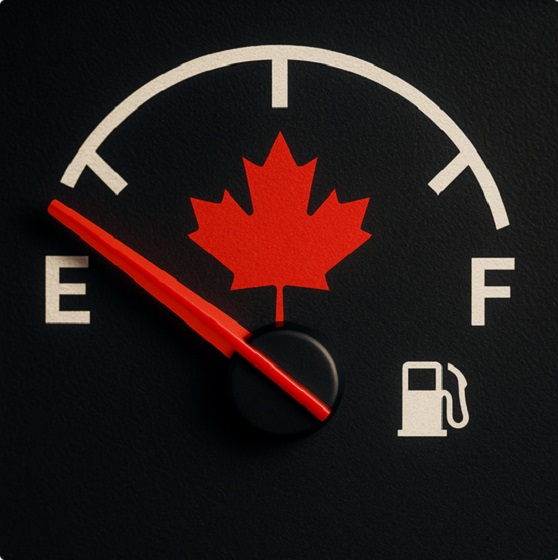
 Frontier Centre for Public Policy1 day ago
Frontier Centre for Public Policy1 day agoCanada’s Democracy Is Running On Fumes
-

 Education1 day ago
Education1 day agoClassroom Size Isn’t The Real Issue
-

 Business1 day ago
Business1 day agoYour $350 Grocery Question: Gouging or Economics?
-
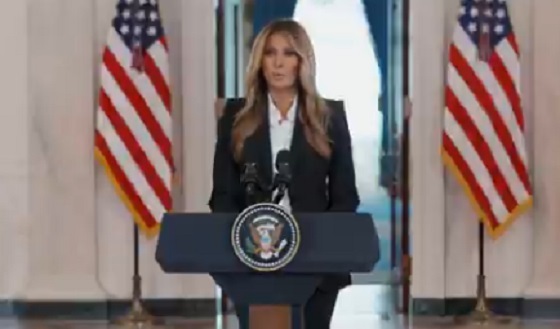
 International18 hours ago
International18 hours agoMelania Trump quietly reunites children divided by Ukraine war
-

 illegal immigration18 hours ago
illegal immigration18 hours ago$4.5B awarded in new contracts to build Smart Wall along southwest border
-

 Also Interesting1 day ago
Also Interesting1 day agoLocal, Online, and Booming: The Business Shift Happening Across Alberta
-

 COVID-198 hours ago
COVID-198 hours agoThe Trials of Liberty: What the Truckers Taught Canada About Power and Protest




